Spring is the perfect season to embark on a new gardening project. Still, if you want to enjoy a beautiful garden without spending every weekend maintaining it, then careful planning is key. A low-maintenance garden doesn’t mean sacrificing beauty or diversity; it simply means making smart choices about the plants and trees you include and how you design your space.
In this guide, we’ll explore how to create a garden that’s not only visually stunning but also requires minimal maintenance. We’ll focus on tree selection, highlighting species like Magnolia Little Gem, Acer campestre, and Ficus Flash, which are known for their low-maintenance qualities. By the end, you’ll be equipped with the knowledge to enjoy a lush garden without the heavy lifting.
Understanding Low-Maintenance Gardening
A low-maintenance garden requires minimal care while still thriving and looking beautiful year-round. The goal is to reduce the need for constant watering, weeding, pruning, and other labor-intensive tasks. By choosing the right plants, creating functional spaces, and implementing smart gardening practices, you can achieve a garden that offers maximum enjoyment with minimal effort.
Selecting the Right Trees for Your Low-Maintenance Garden
Tree selection plays a crucial role when planning a low-maintenance garden. Trees provide structure, shade, and aesthetic appeal to your garden but can also dictate how much work you’ll need to put in. Opting for hardy, drought-resistant trees that require little pruning or care is essential.
1. Magnolia Little Gem (Magnolia grandiflora 'Little Gem')
The Magnolia Little Gem is perfect for those seeking a low-maintenance yet visually striking tree. This evergreen tree is known for its compact size and beautiful, large white flowers that bloom in spring and summer.
Key Features:
- Mature Height: Up to 4 meters
- Mature Width: Up to 2.5 meters
- Best Uses: Ornamental, privacy screen
- Leaf Appearance: Glossy green with a rust-colored underside
- Growth Rate: Moderate
- Tolerances: Drought, poor soil conditions
Why It’s Easy to Maintain:
- Minimal pruning required due to its compact growth habit.
- Resistant to common pests and diseases, reducing the need for chemical treatments.
- Tolerant of drought and poor soil conditions, making it adaptable to various garden environments.
The Magnolia grandiflora 'Little Gem' requires minimal pruning and is relatively resistant to pests and diseases. It thrives in well-drained soil and can tolerate light conditions from full sun to partial shade.
2. Acer campestre (Field Maple)
Field Maple (Acer campestre), commonly known as the Hedge Maple, is another excellent choice for a low-maintenance garden. This deciduous tree is known for its resilience and adaptability to various soil types and conditions.
Key Features:
- Mature Height: Up to 15 meters
- Mature Width: Up to 10 meters
- Best Uses: Hedge, windbreak, shade tree
- Leaf Appearance: Green in summer, turning yellow in autumn
- Growth Rate: Slow to moderate
- Tolerances: Poor soil, urban pollution
Why It’s Easy to Maintain:
- Highly adaptable to different soil types and environmental conditions, requiring less specialized care.
- Slow to moderate growth rate means infrequent pruning is needed to maintain its shape.
- Resistant to urban pollution, making it a durable and low-maintenance choice for urban settings.
The Acer campestre is highly adaptable, thriving in sunny and partially shaded areas. Its dense foliage provides excellent privacy and shelter and requires minimal pruning to maintain its shape. This tree is particularly suitable for urban gardens, where pollution resistance is important.
3. Ficus Flash (Ficus microcarpa 'Flash')
The Ficus Flash is ideal for those who prefer a fast-growing, evergreen option. This variety is known for its vibrant green leaves and is often used as a privacy screen or hedge.
Key Features:
- Mature Height: Up to 10 meters
- Mature Width: Up to 6 meters
- Best Uses: Privacy hedge, windbreak
- Leaf Appearance: Bright green, glossy
- Growth Rate: Fast
- Tolerances: Drought, heat
Why It’s Easy to Maintain:
- Fast-growing yet low-maintenance, requiring only occasional pruning to maintain its desired shape.
- Drought and heat tolerance make it a resilient choice, reducing the need for frequent watering.
- Evergreen nature ensures year-round foliage without the hassle of seasonal leaf drop.
The Ficus microcarpa 'Flash' is relatively low-maintenance, requiring occasional pruning to maintain its shape and density. Its robust nature allows it to thrive in various conditions, making it an excellent choice for gardeners looking to minimize their upkeep.
Low-Maintenance Garden Design Tips
In addition to choosing the right trees, consider these design tips to reduce garden maintenance further:
1. Use Mulch Generously
- Mulch helps retain moisture, suppresses weeds, and adds nutrients to the soil as it breaks down.
- Organic mulch, such as wood chips or bark, is a great option.
2. Opt for Perennials Over Annuals
- Perennials return year after year, reducing the need for replanting.
- Consider low-maintenance perennials like Lavender (Lavandula angustifolia) or Black-eyed Susan (Rudbeckia hirta).
3. Implement Drip Irrigation
- Drip irrigation systems deliver water directly to the roots, minimizing waste and reducing the need for frequent watering.
- This system also helps prevent the growth of weeds by keeping the soil surface dry.
4. Create Defined Pathways
- Defined pathways add structure to your garden and reduce the area that needs regular maintenance.
- Use materials like gravel, stepping stones, or decomposed granite for a durable, low-maintenance path.
5. Group Plants by Watering Needs
- Grouping plants with similar water requirements reduces the chances of overwatering or underwatering.
- This strategy ensures that your trees and plants receive the right amount of water, promoting healthier growth with less effort.
Planting and Care Tips for Your Trees
Even low-maintenance trees benefit from proper planting and care:
Planting Tips:
- Location: Choose a site with appropriate sunlight and space for your tree to grow to its full size.
- Soil Preparation: Ensure the soil is well-drained and enriched with organic matter.
- Planting Depth: Dig a hole twice as wide as the root ball but no deeper than the root ball's height.
Care Tips:
- Watering: While low-maintenance trees are drought-tolerant, regular watering during the establishment period (the first year) is crucial.
- Pruning: Minimal pruning is required, but removing any dead or diseased branches is important to promote healthy growth.
- Fertilizing: Use a slow-release fertilizer in early spring to support new growth.
FAQs About Low-Maintenance Gardens
1. Q: Can I have a low-maintenance garden with flowering trees?
A: Absolutely! Trees like the Magnolia Little Gem and Crepe Myrtle (Lagerstroemia indica) offer stunning flowers with minimal upkeep.
2. Q: How do I prevent weeds in a low-maintenance garden?
A: Use a thick layer of mulch around your trees and plants to suppress weed growth and reduce the need for weeding.
3. Q: Are there any low-maintenance trees that provide good shade?
A: Yes, the Acer campestre and Ficus Flash provide excellent shade while requiring little maintenance.
Conclusion
Creating a low-maintenance garden doesn’t mean compromising on beauty or diversity. By carefully selecting trees like the Magnolia Little Gem, Acer campestre, and Ficus Flash and implementing smart garden design strategies, you can enjoy a lush, vibrant garden that requires minimal effort. Whether you’re a seasoned gardener or a novice, these tips will help you plan a garden that’s as easy to care for as it is to admire.


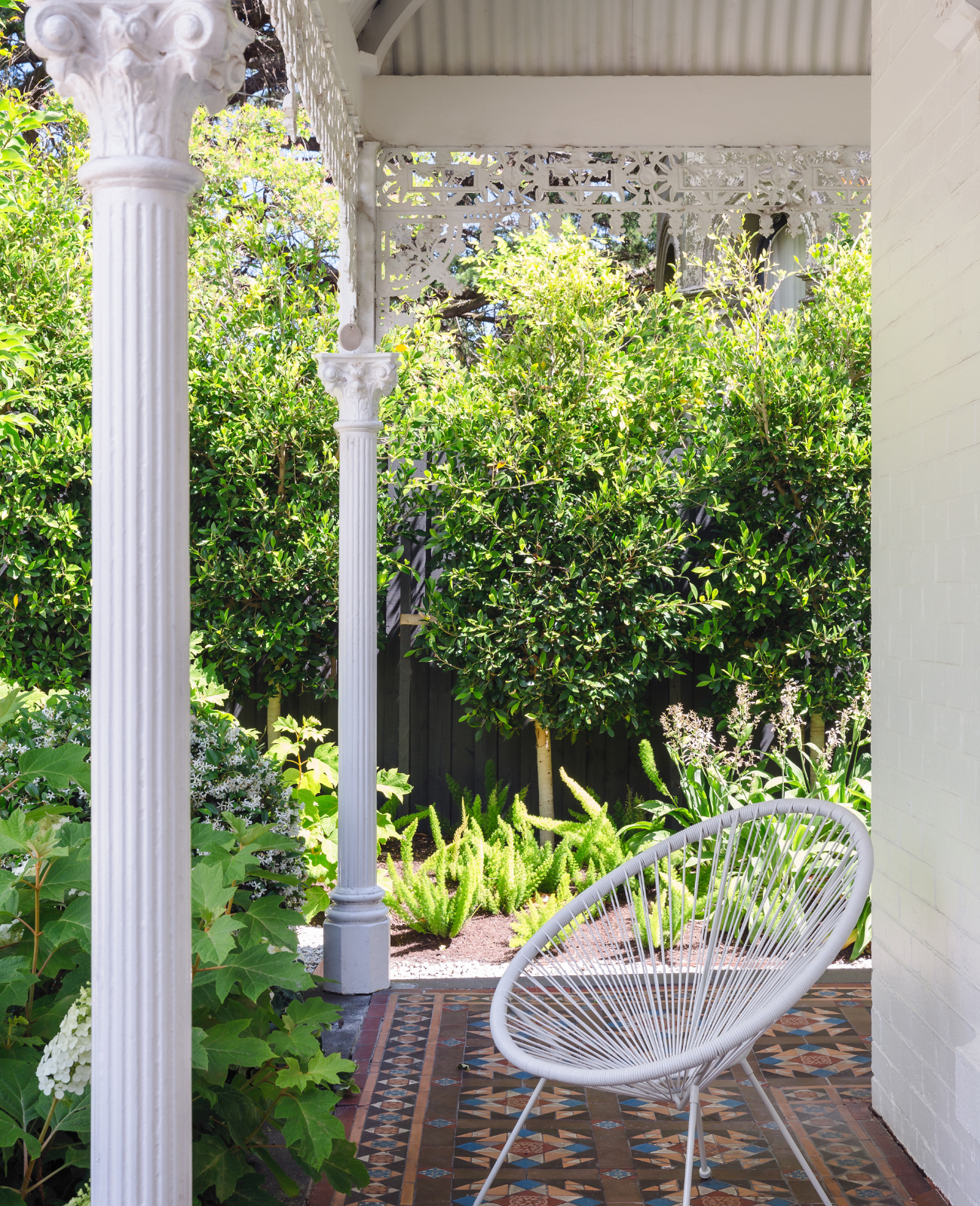

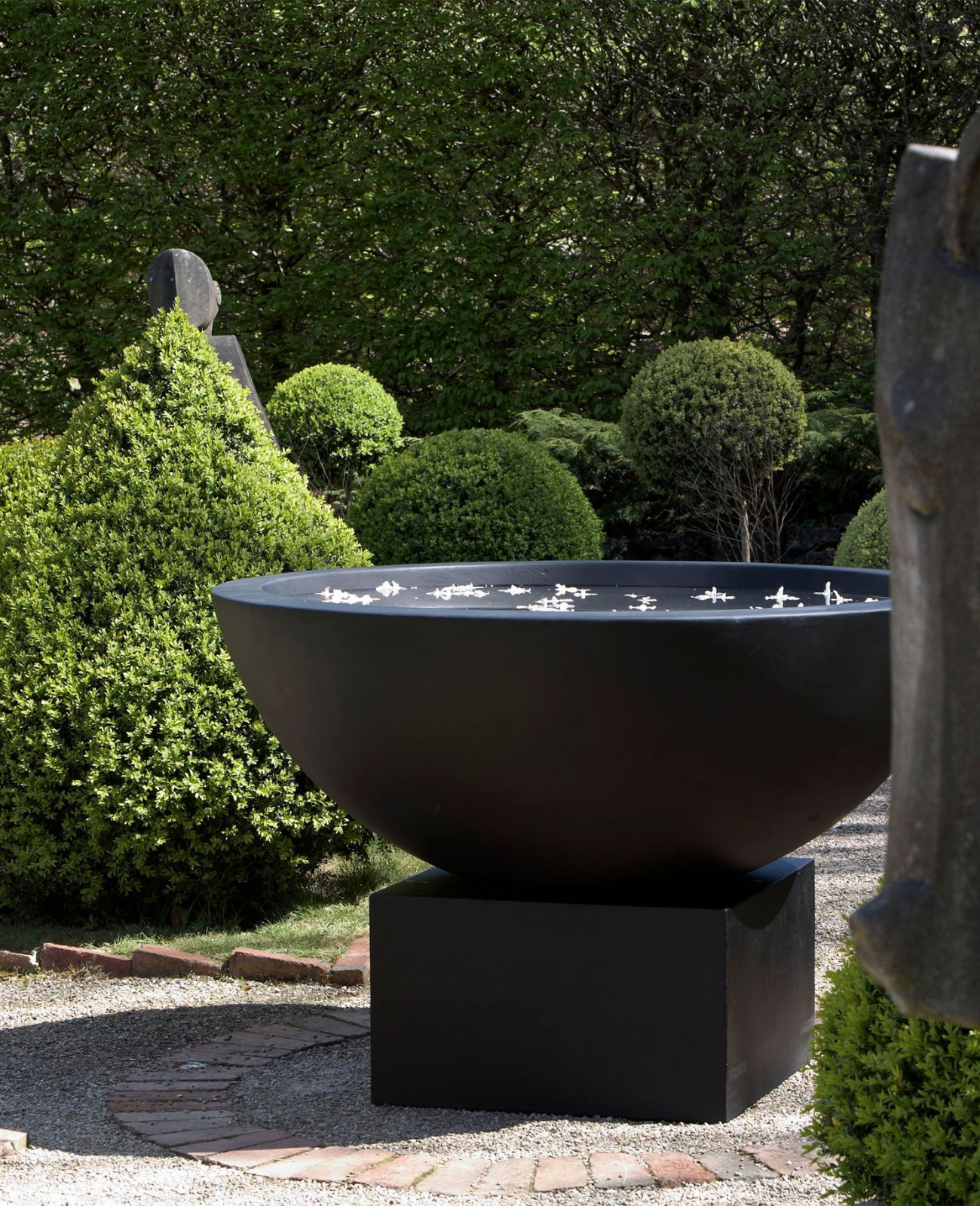
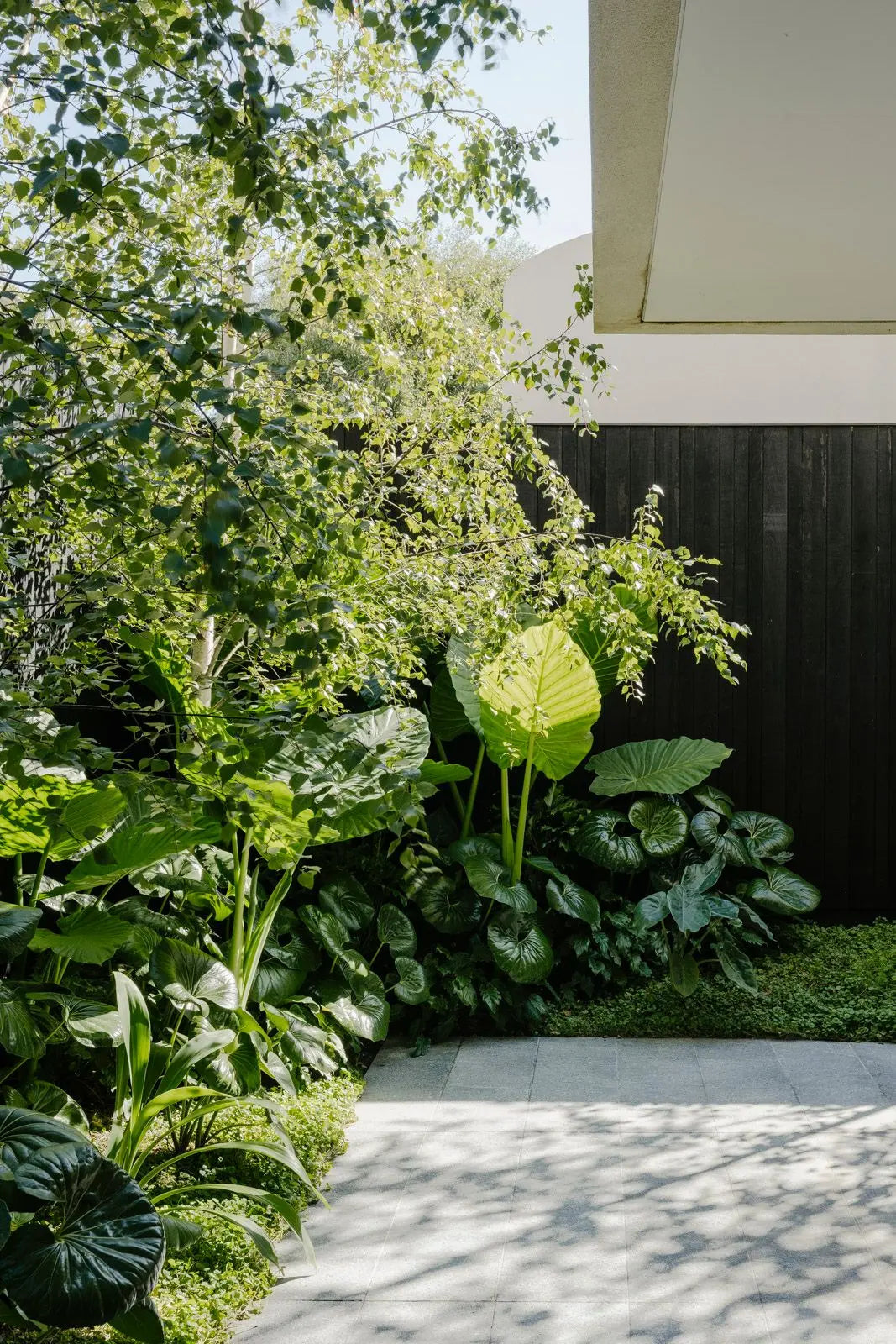
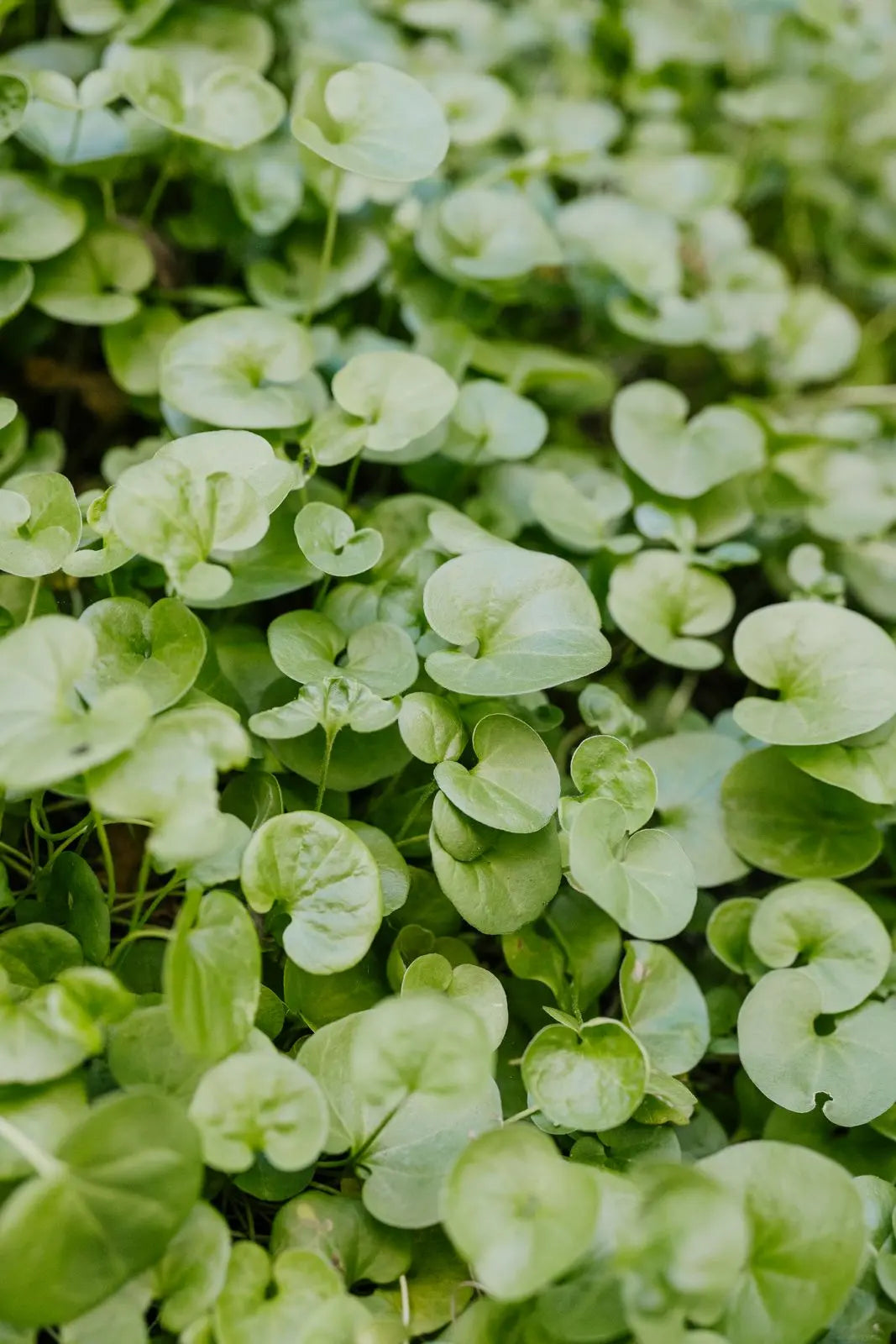
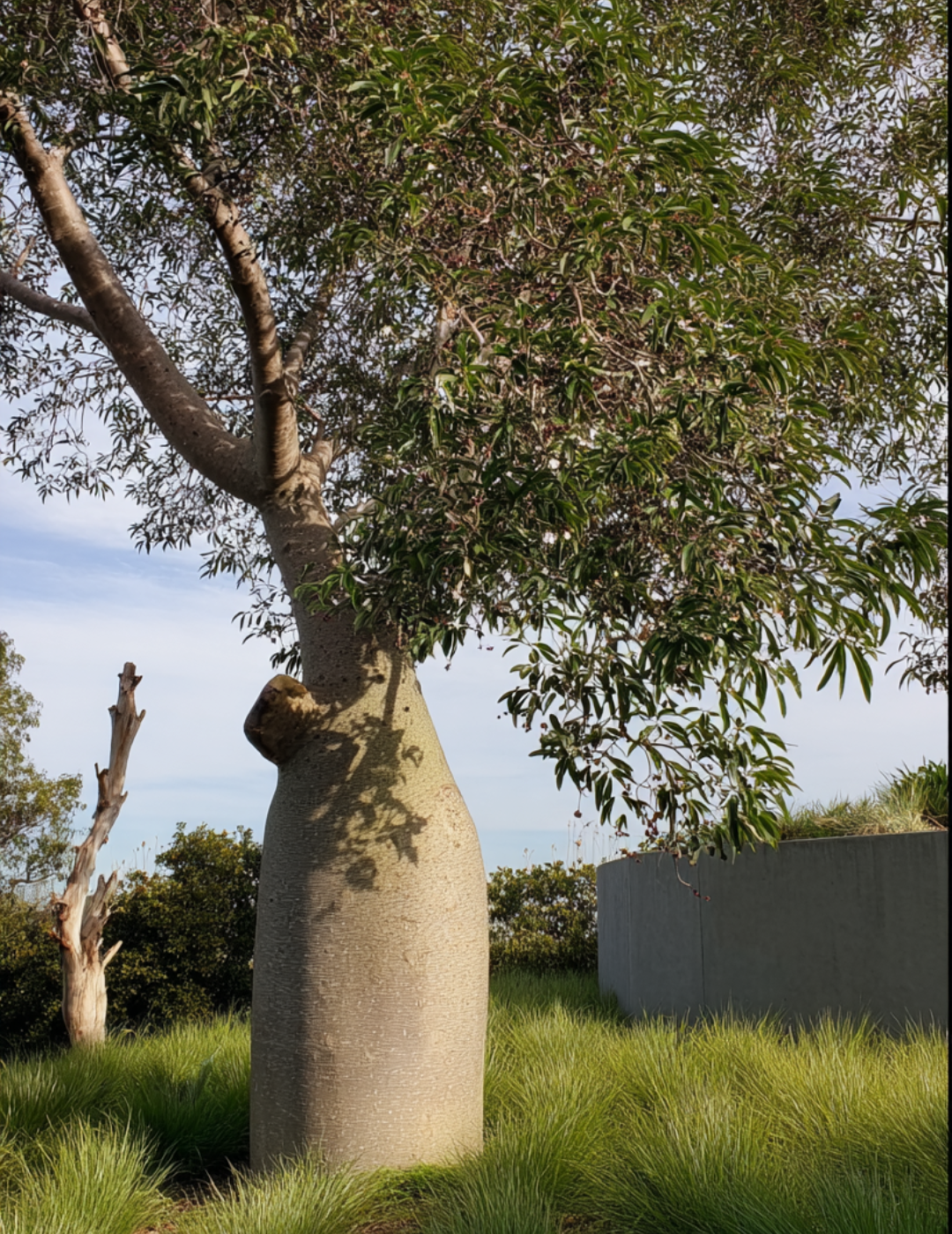
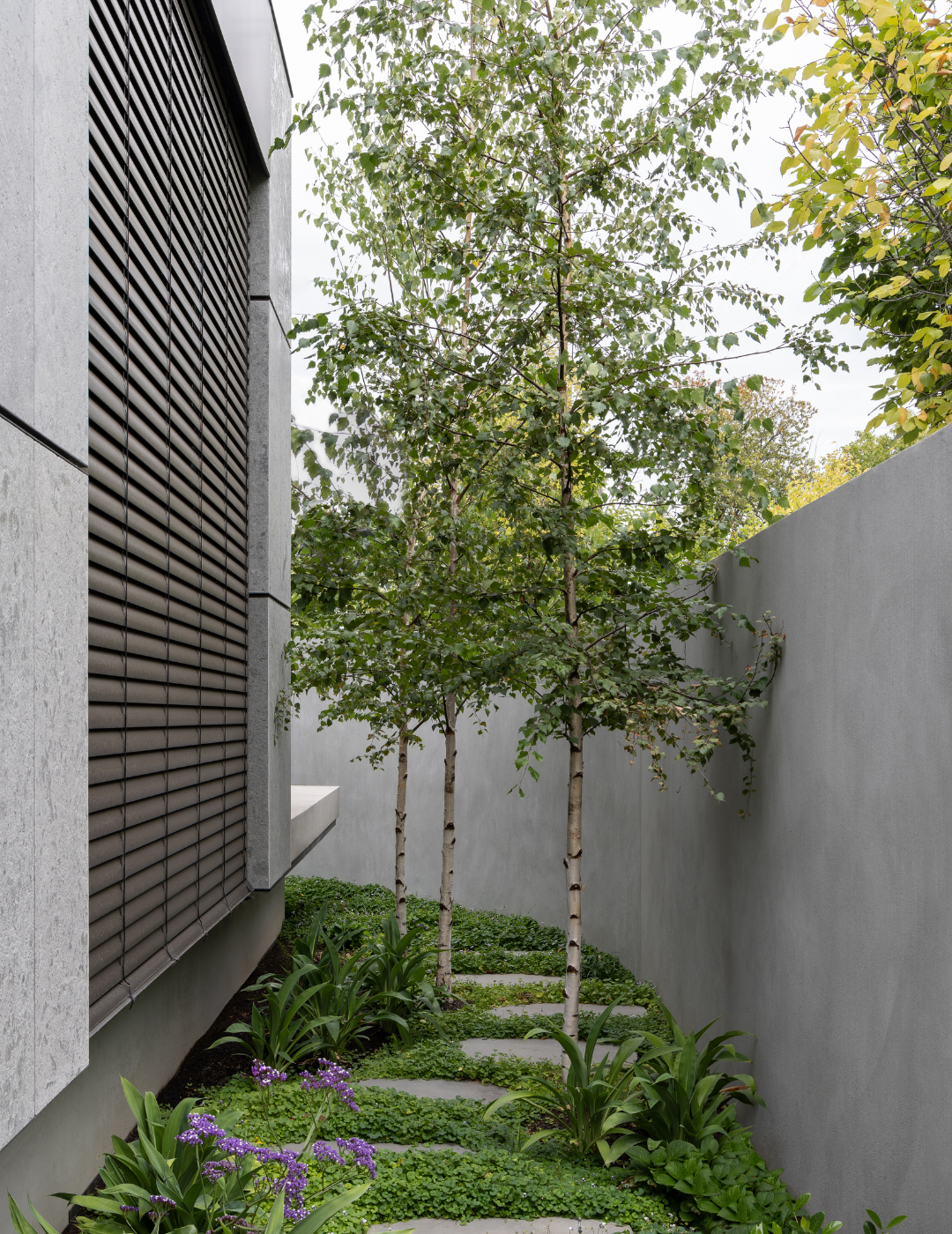
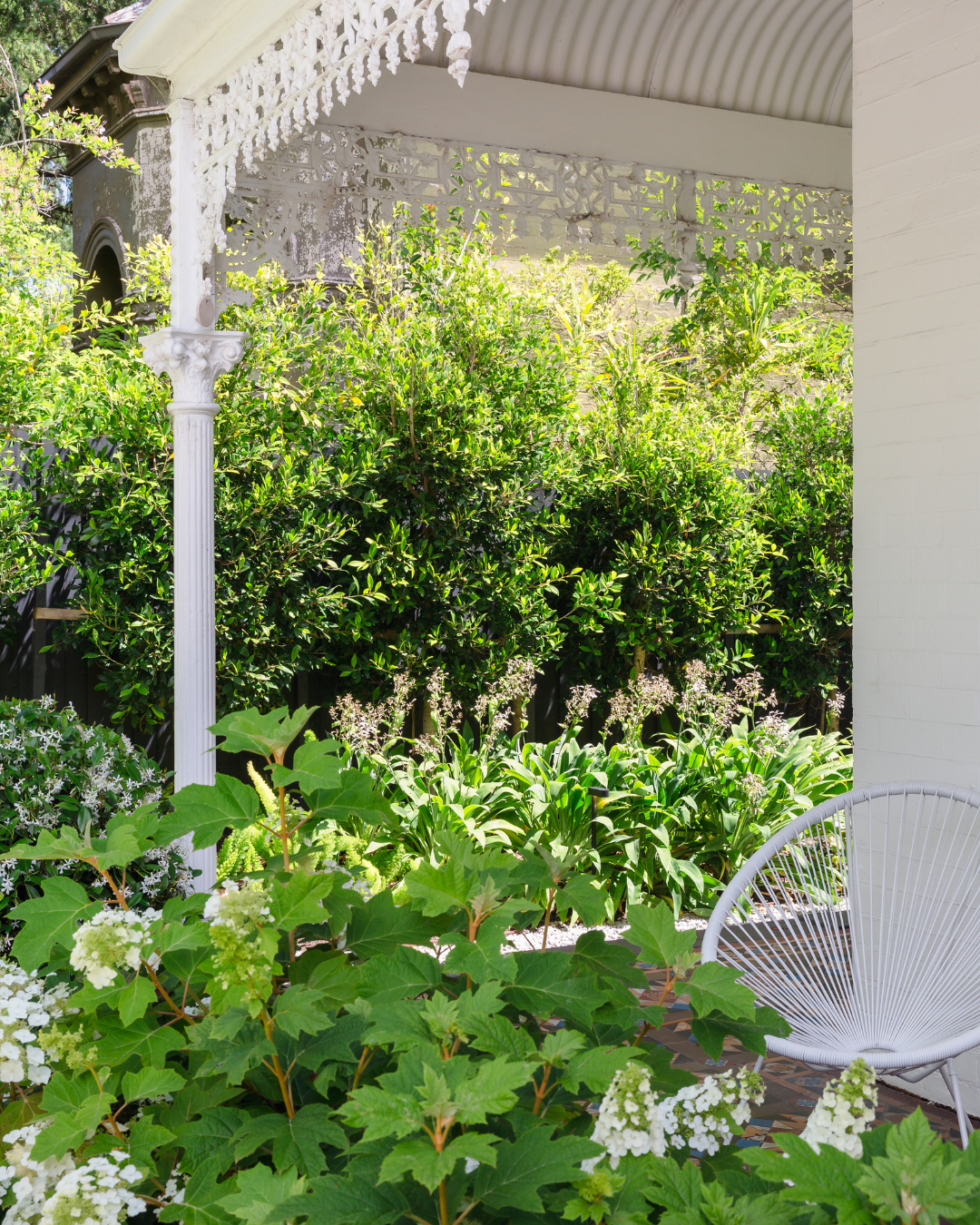
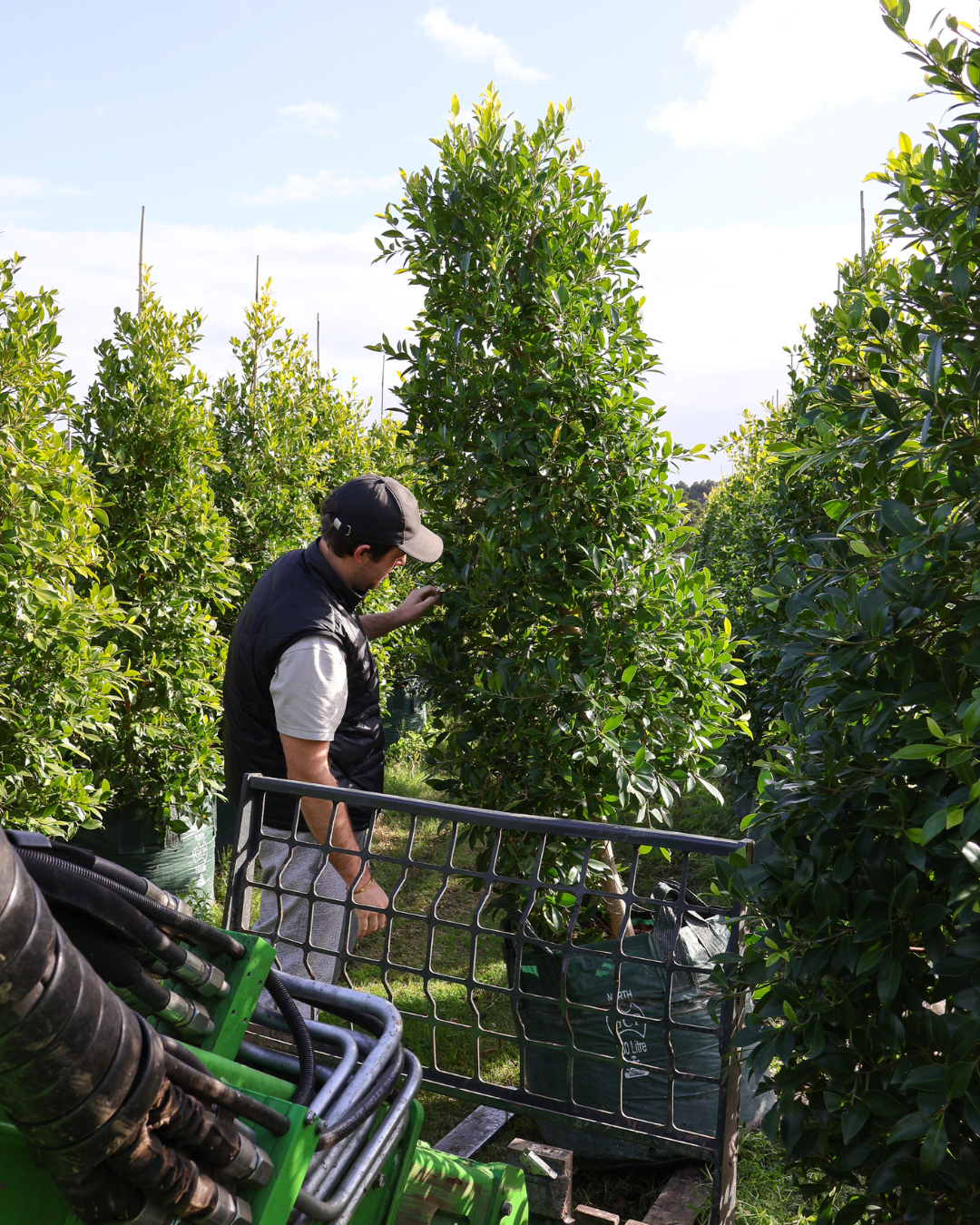
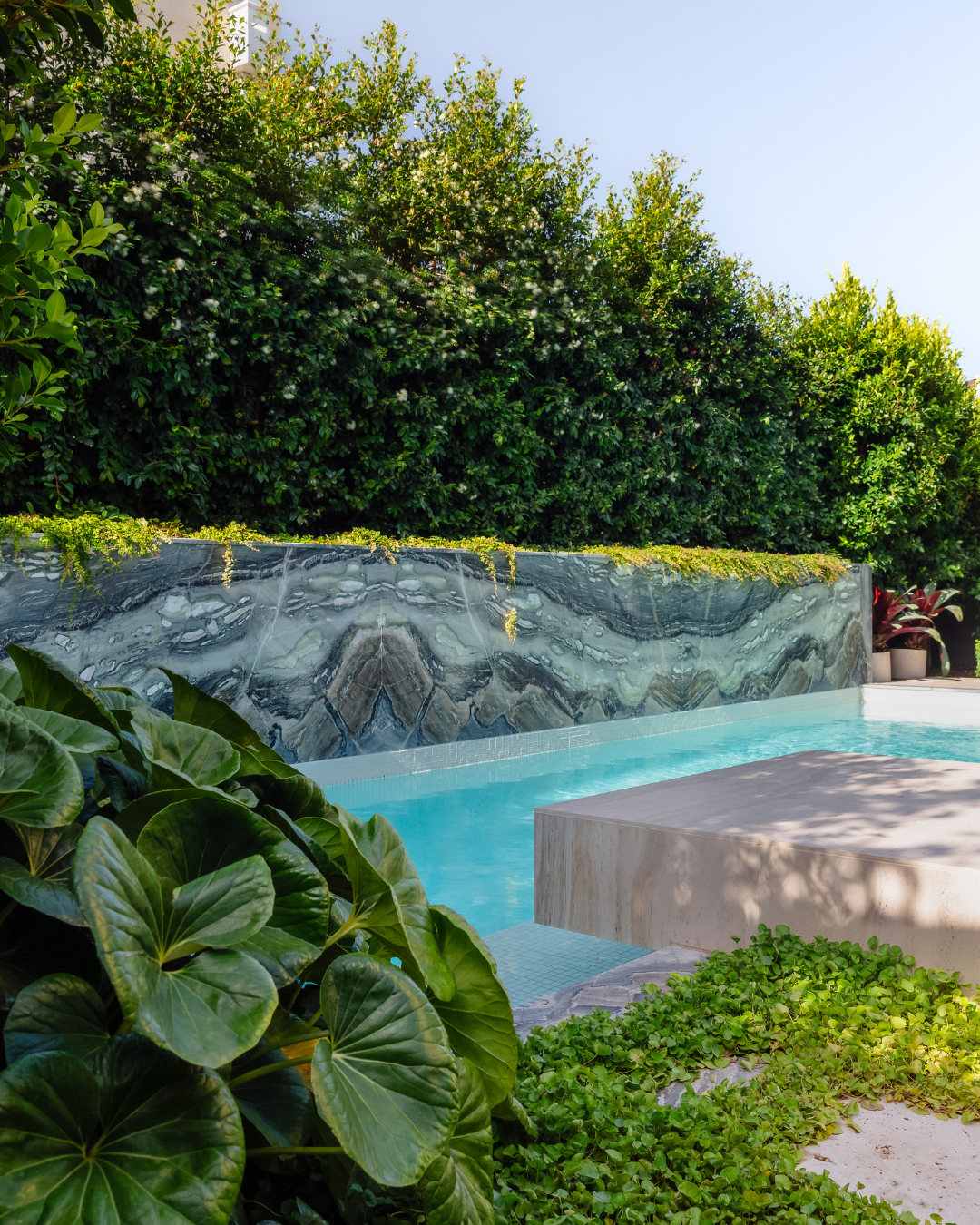

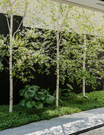
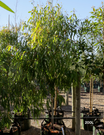
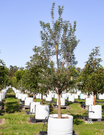
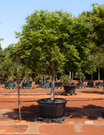

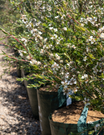

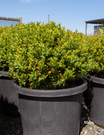


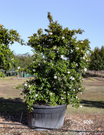
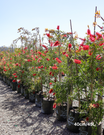
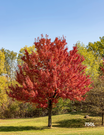
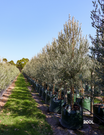
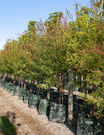
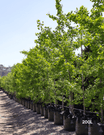
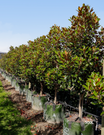
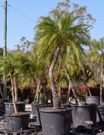

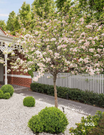
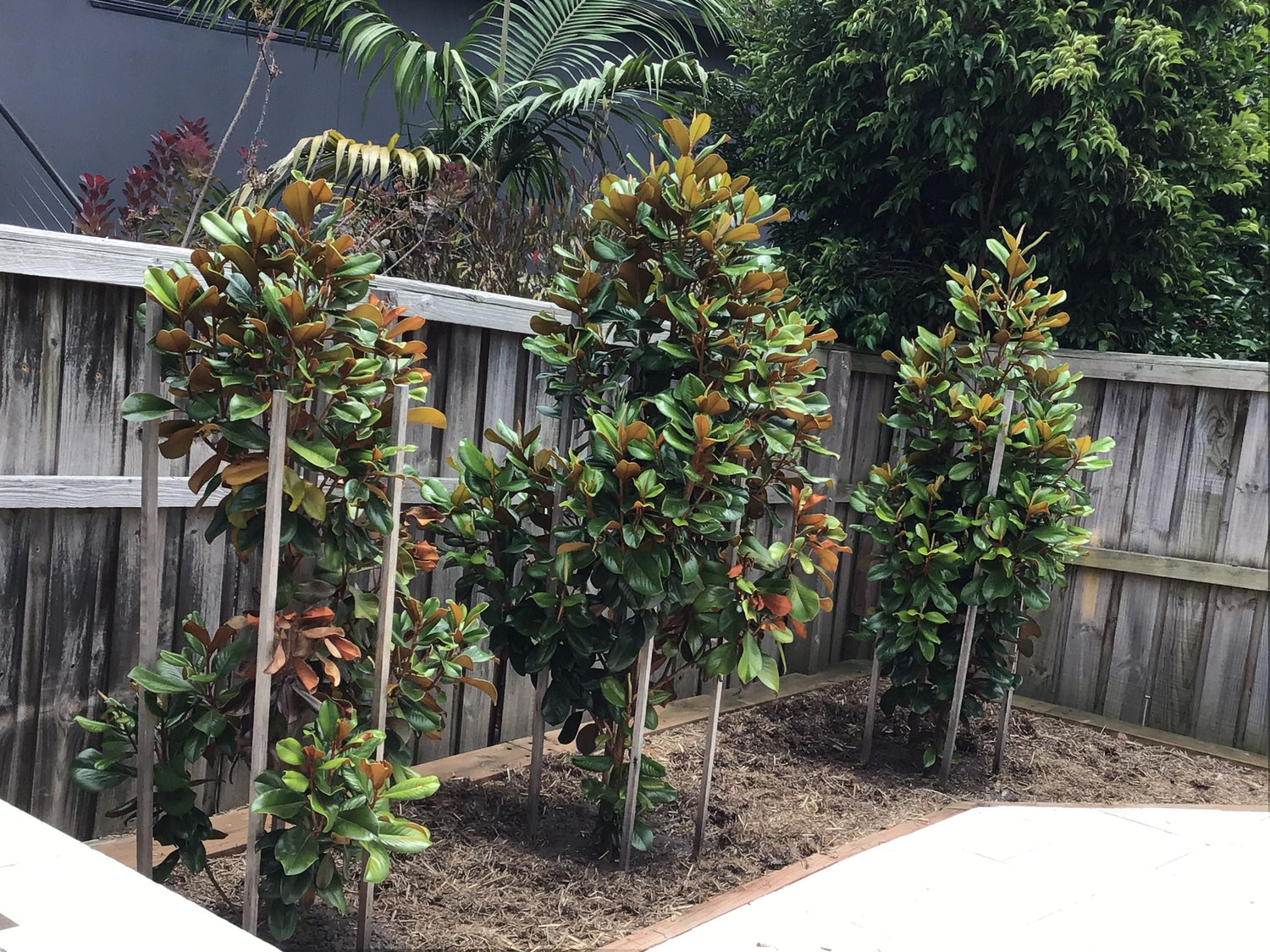



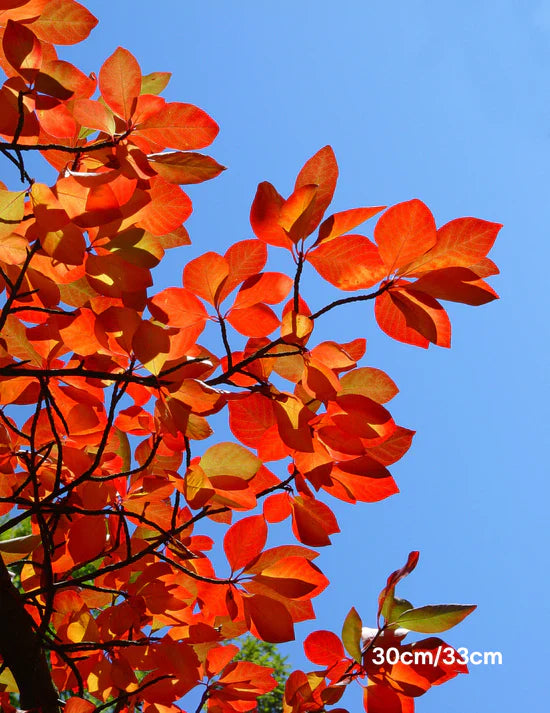
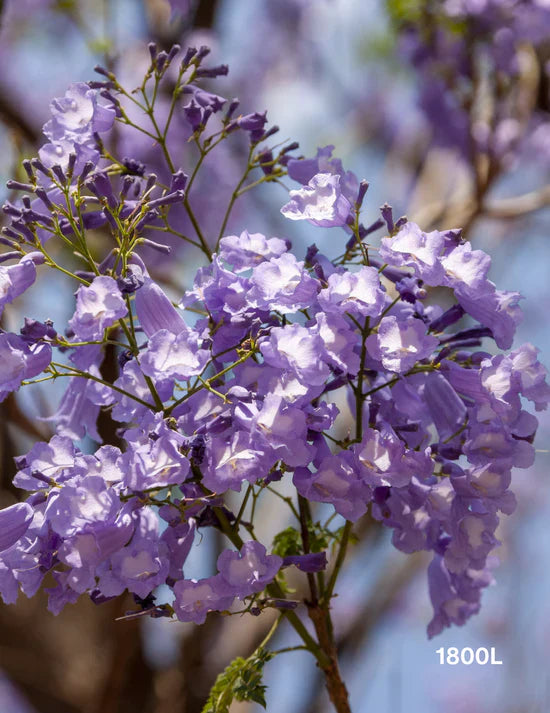
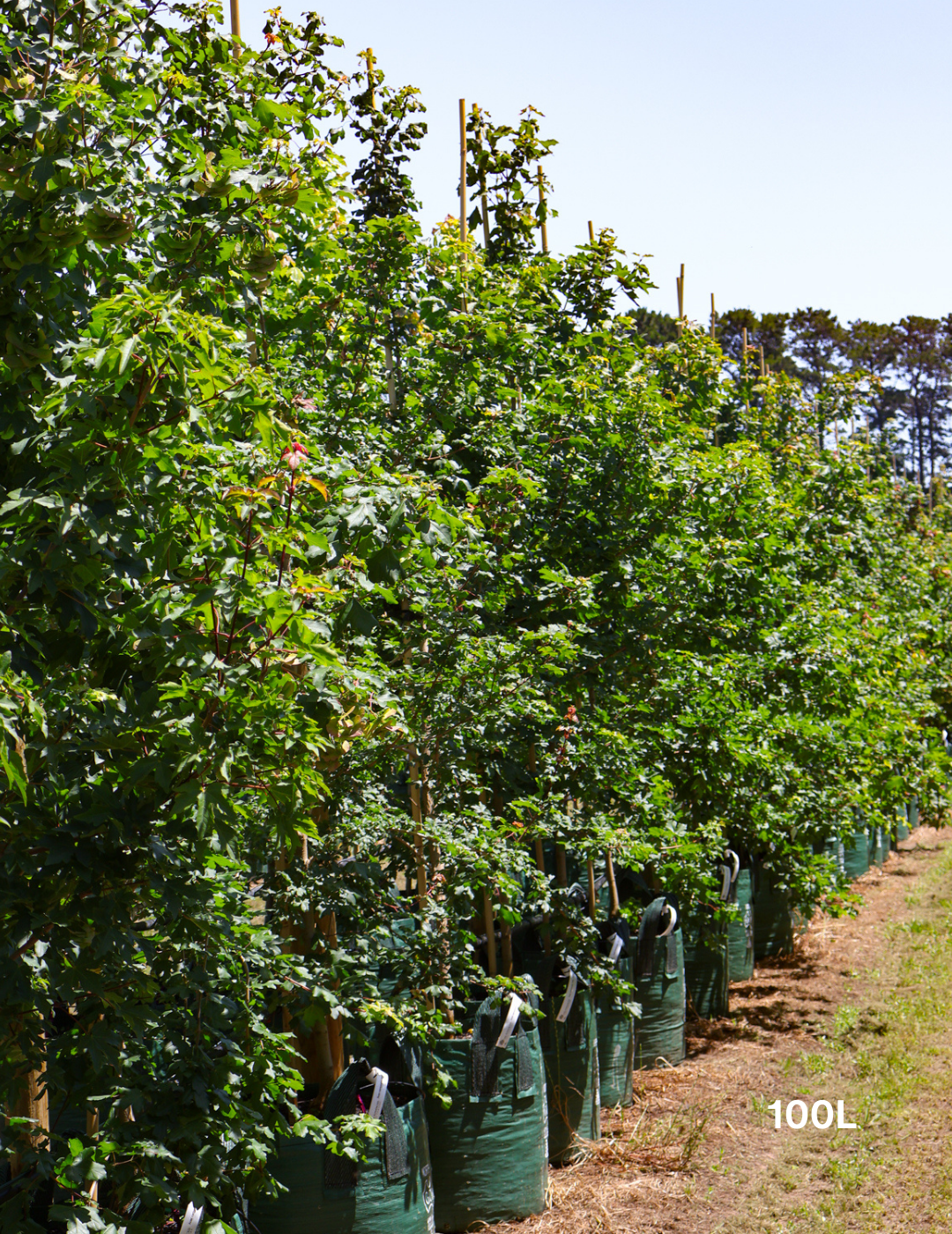
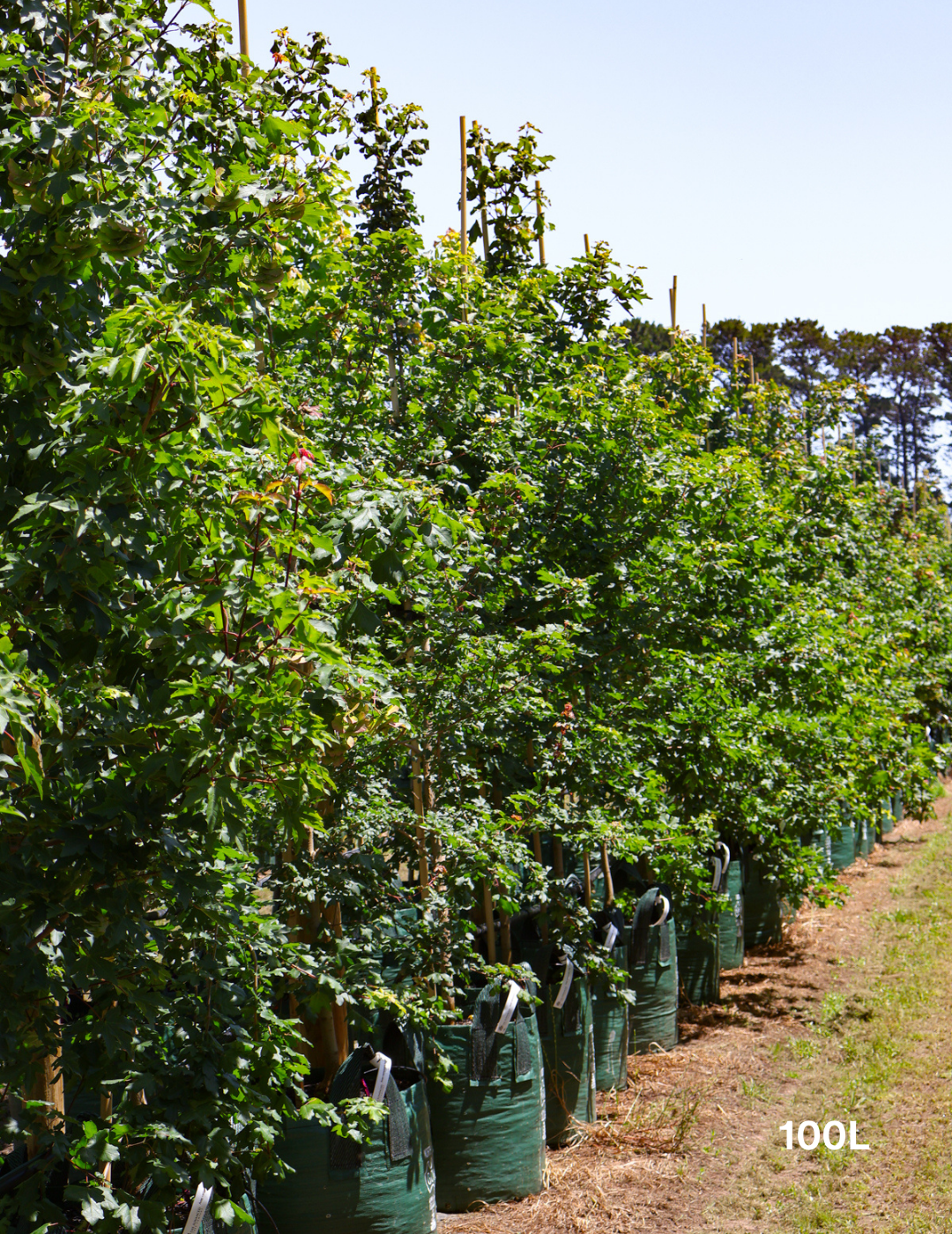
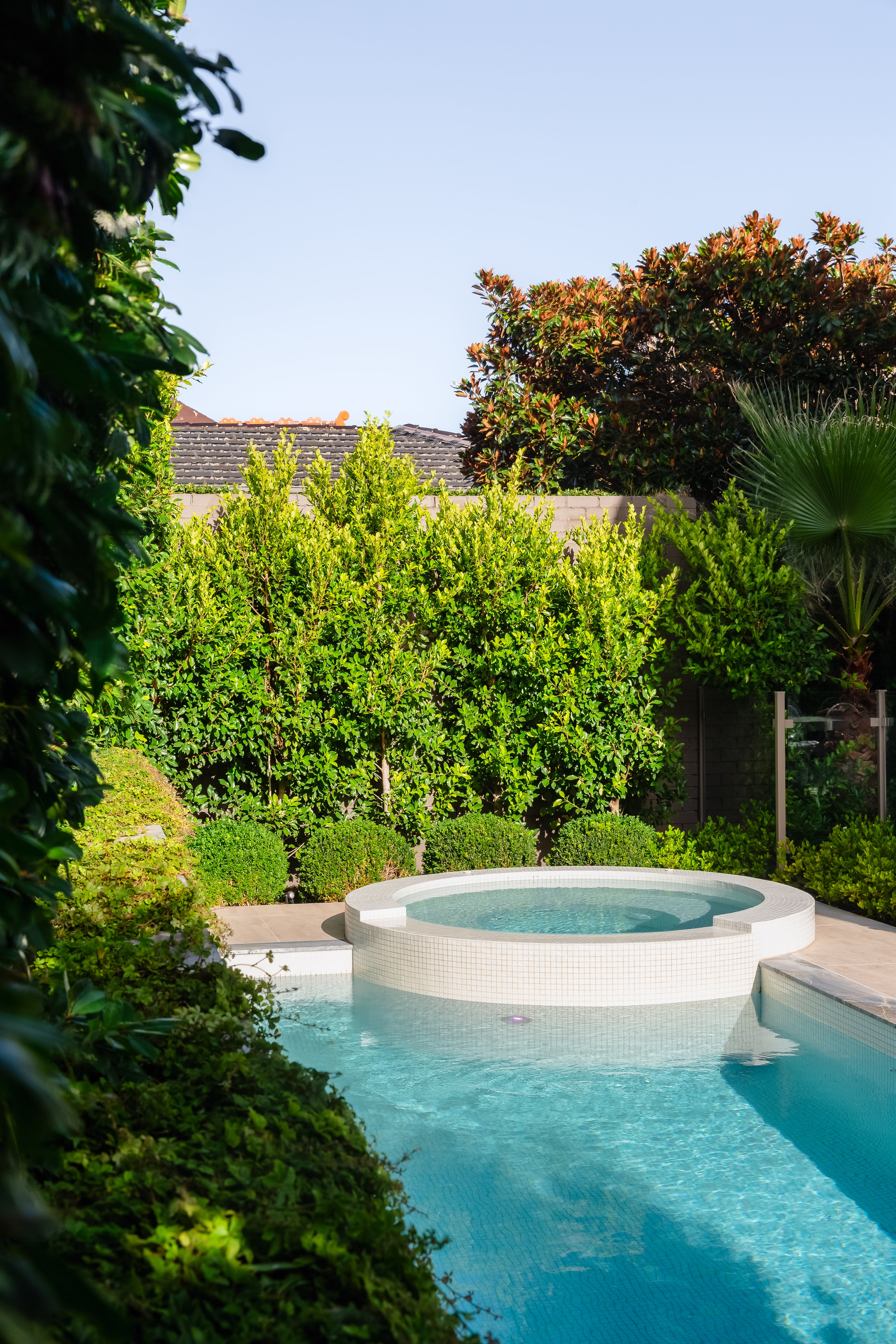
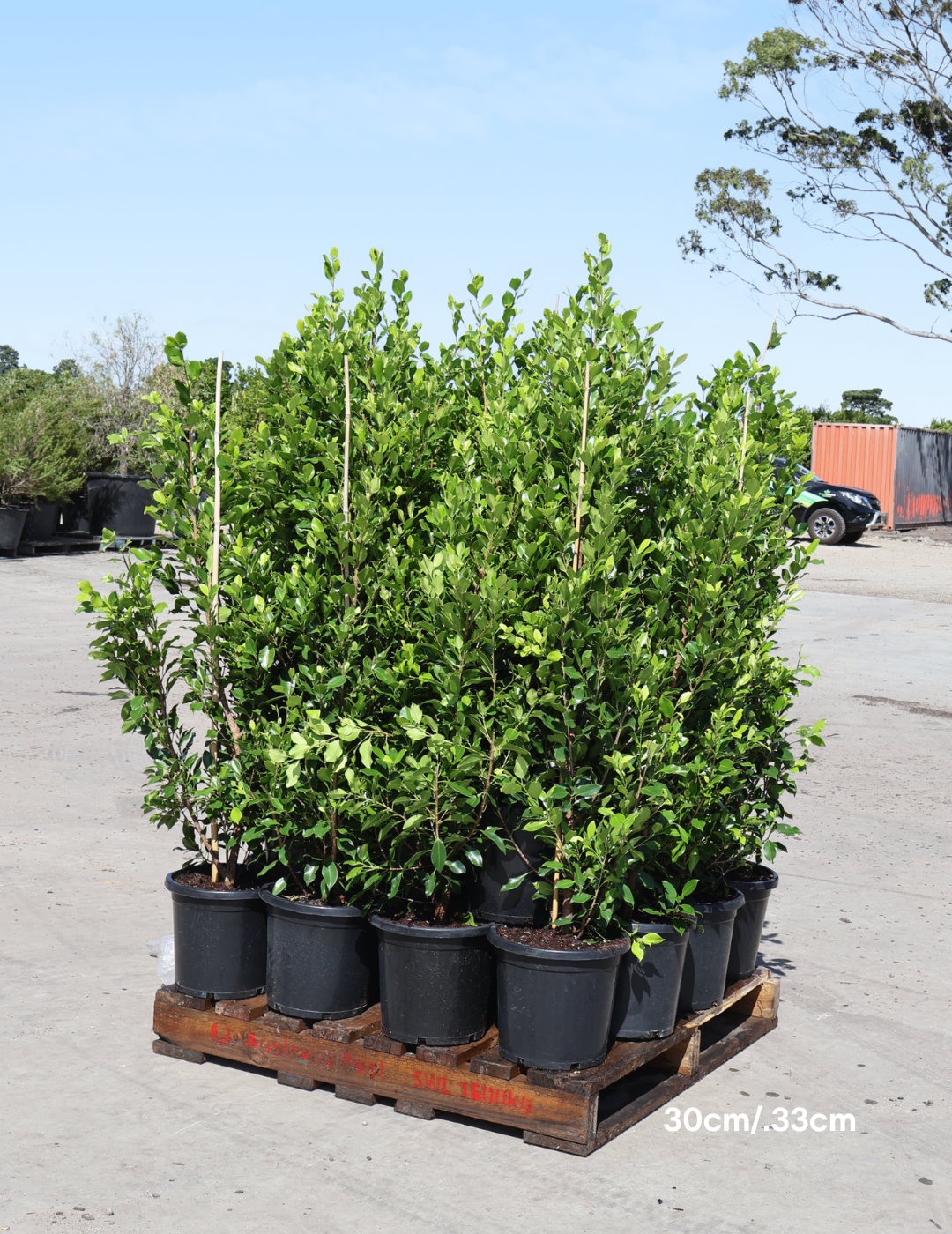
1 comment
Vikram Singh
Fantastic tips! Planning a low-maintenance garden is the key to enjoying your outdoor space without constant work. At Green Hobart Gardener, we often help Hobart locals design and maintain easy-care gardens that suit their lifestyle and the local climate. If you’re in Hobart, Tasmania and need a hand getting started, feel free to call us on +61 470 283 345. We’d love to help make gardening stress-free for you!
Leave a comment
This site is protected by hCaptcha and the hCaptcha Privacy Policy and Terms of Service apply.